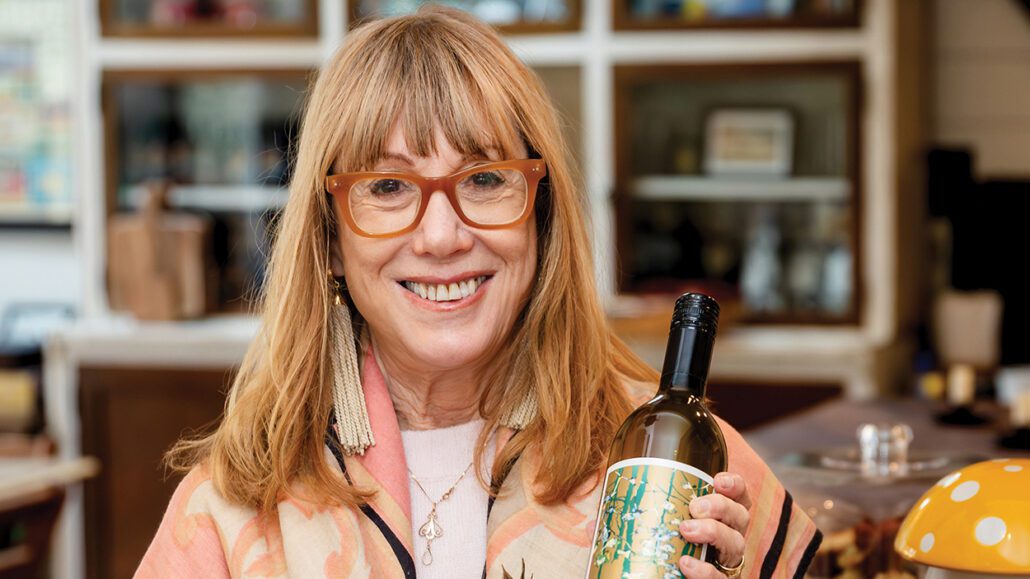
Marlene Osteen
Even though this is our March Issue, I’m writing this at the start of the new year, reflecting on past and future events, my thoughts turn to how life’s milestones shape our wine tastes and choices.
More than just a beverage, wine is a sensory time machine that carries the weight of our personal and cultural stories. Wine is fireworks for the brain – a multi-sensory experience that stimulates all the senses and has the ability to kick off time travel.
I sip a Domaine Weinbach Riesling, a fresh, playful and flinty wine, and I am again in Kayserburg in Alsace, France, in February. Snow is falling as a bride and groom, clad in their wedding attire, burst from the open doors of the country church, descending the steps in dance as the snow swirls around them.
Do I drink wine to recapture the past? Perhaps.
Champagne redolent of yeast recalls biscuits being lifted from a pan in my kitchen – I can see my husband painting melted butter atop a tray of glistening biscuits (already far too buttery for common sense).
And I can never smell the dusty aromas in a glass of Pinot Noir without being taken back to a cold winter afternoon in Mongeard Mugneret’s wine cellar in Burgundy. Though the damp cellar floor seeps through my thin-soled boots, I am surrounded by the mushroom scented forest and warmed by flavors of sweet cherries mingled with warm spices in a glass of Echezeaux.
One fascinating experiment paired a robust Cabernet Sauvignon with two different playlists: an intense classical piece and a cheerful pop song. Participants described the wine as “bolder” and “more powerful” with the classical music but noted brighter fruit tones with the pop.
When tasting notes suggest “blackberries and leather,” your brain actively seeks those flavors. In blind tastings, however, those same wines might evoke entirely different impressions.
Even the design of a wine label can influence taste perception. Elegant fonts and gold embellishments might lead us to expect a richer, more luxurious wine, while playful graphics and bright colors suggest a lighter, fruitier flavor.
This phenomenon extends beyond aesthetics – it’s about storytelling. A wine label that evokes history or place can create a connection before the bottle is even opened.
So, the next time you pour a glass, consider what you’re truly tasting. Is it just the wine, or is it the music in the background, the story on the label, and the echoes of your personality, history, and imagination, all converging in the glass?
Favorites Count: 0


